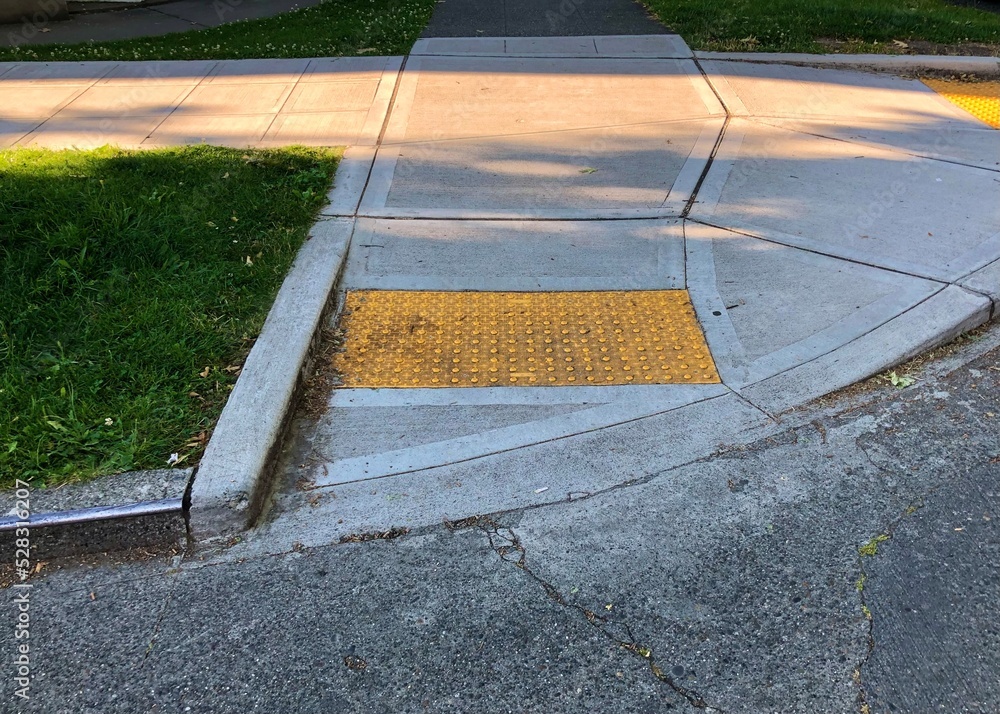Chapter 1: Before You Begin
Module 2: Co-Designing Research
When engaging with communities in research, co-design is crucial to ensuring that EDIA principles are prioritized. Let’s learn about co-design in research!
Learning Objectives
- Learn about co-design, Co-Design Research, and Universal Design as methods in research with human participants
- Examine co-design in the context of an exemplar research project
Case Study
A research team studying chronic pain in Indigenous communities wants to develop a culturally responsive survey. They invite a few community members to provide feedback, but finalize the survey without making significant changes. When the survey is distributed, participation is low, and some community members express frustration that the questions do not reflect their lived experiences.
What Is Co-Design in Research?
At its core, co-design is all about collaboration with relevant stakeholders.
Particularly, Co-Design Research is an approach which actively involves experts, professionals, and most importantly, persons with lived experiences who are impacted by a design outcome. This involvement extends into the design, facilitation and production of the work. In research this strategy focuses on designing the study with the target population, with the goal of engaging in research “with”, not “for” communities; rather than assuming their experiences and needs. It prioritizes relationships, shared power, using participatory means and building capacity for communities.
In contemporary research, co-design and participatory research practices which have historically been focused in qualitative methods, but are increasingly being used quantitative work.
Co-designed research is an ongoing process that should span the entirety of the research project, where co-designers actively engage in developing research questions, methods, conducting analysis, and disseminating knowledge. When done right, co-designed research doesn’t just build more knowledge; it empowers participants to tell their own stories and shape the world around them through the co-production of community outputs.
Canadian Co-Design In Action:
🍁 The “Coding to Learn and Create” project is all about making coding accessible for kids with complex learning needs. By working directly with students, families, and special education teachers, the team designed a coding environment that meets diverse accessibility needs. They found that structured activities, one-on-one support, and familiar topics helped kids stay engaged and express their ideas.
This project not only improved coding accessibility but also built a supportive learning community where every child could develop problem-solving and planning skills in a way that works for them.
What about Universal Design? Is it the same?

In short, nope, not the same! (UD) is all about design that maximizes accessibility and benefits everyone overall. A popular example of this is curb cuts.
Curb cuts are the sections of sidewalk that slope downwards to the ground near crosswalks. These city designs were originally made to make sidewalks more accessible for pedestrians with disabilities, but ended up benefiting all pedestrians, such as those pulling luggage or pushing strollers. Since its beginnings in architecture, UD has been adopted to many other domains such as education and research. In research, UD can be grouped under three principles:
- Planning multiple options for people to learn about and participate in research.
- Providing multiple ways to present information (ex. large print, recordings, Braille)
- Providing multiple ways of responding to questions (ex. narrative diaries)
It’s important to note that UD mainly focuses on equality-based suggestions that provide all participants with the same support, rather than aiming for individualized equity (See: Module 0: EDI + A principles in research).
This does not discount UD’s value in research infrastructures. The equal availability of support, combined with additional equity-seeking practices according to the needs of participants, can create incredibly equitable, diverse, inclusive, and accessible research environments for participants and researchers alike.
For example, providing easily accessible support from the research team using a research-specific, anonymized messaging system might be implemented for people with disabilities to receive help navigating a survey. However it may also benefit all participants by giving a quick and easy way to ask questions about the study, ensuring that all participants are being informed and providing ongoing consent.
Universal Design (UD) is an approach to design which prioritizes maximizing accessibility and benefits everyone, without adaptations or specialized designs.


Feedback/Errata